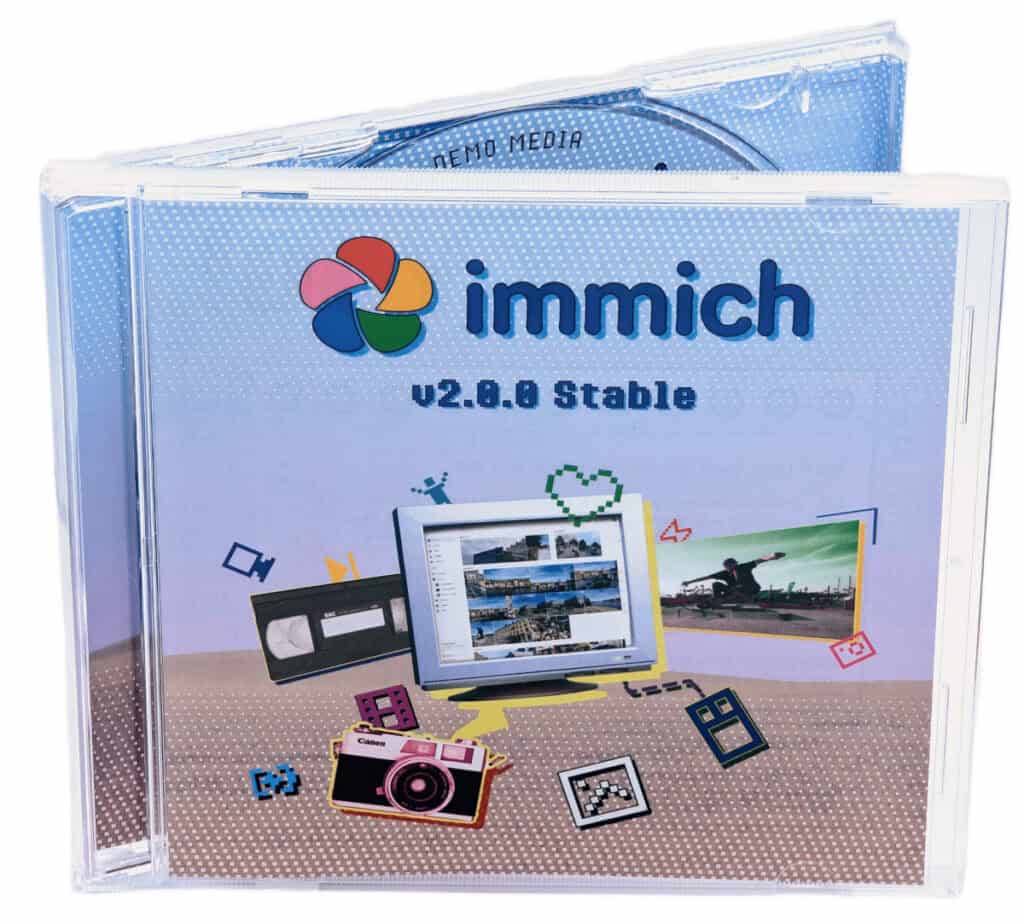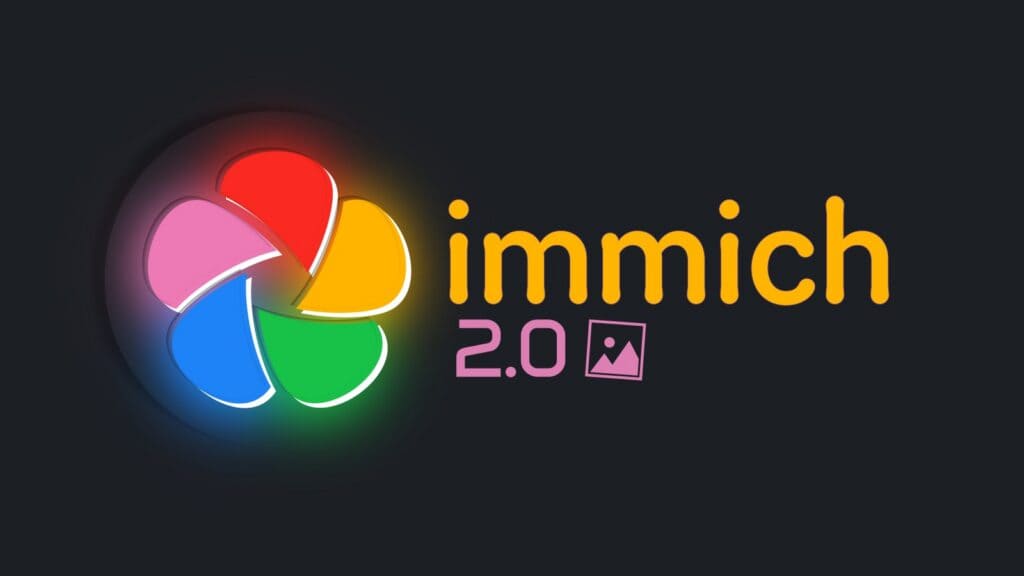Immich has officially hit a major milestone with the release of version 2.0, the project’s first-ever stable release. After nearly four years of development, 271 consecutive updates, and contributions from more than 1,500 developers, the self-hosted photo and video management platform is now considered stable enough for long-term use.
The 2.0 release resolves a large amount of technical debt and shifts the focus toward compatibility and easier upgrades. For users, that means less effort will be required to stay up to date. It also means the long-standing warning banner on the Immich website is finally gone.
Alongside the new release, the team introduced a redesigned homepage, enhanced API documentation, and updated community metrics. Additionally, to mark the occasion, the project launched something a bit unusual: a physical DVD edition of Immich Stable.

The disk comes with a bootable Immich instance preloaded with curated photos from the team. It’s available through the Immich merch store, which now also includes new retro-inspired designs.
For the remainder of the year, the team’s planned work includes auto-stacking, achieving feature parity between the web and mobile apps, enhancing sharing and group management, and improving ownership. Another area of focus will be usage data collection—something the developers say they want to handle in a transparent and non-invasive way.
Finally, Immich 2.0 includes a few smaller fixes. Among them: a patch to properly display un-hashed remainder assets, a server-side revert for the updated libmimalloc path, and a correction for missing padding on the email button. As you can understand, the focus here isn’t on brand-new features, but actually the opposite—it’s the first version that brings together only the stable ones.
For more information, see the announcement or refer to the changelog.
Upgrading from older versions doesn’t require any special preparation. The team notes that users can simply pull the latest image and run docker compose up to move to 2.0. No database migrations or manual steps are needed beyond the standard update process.
